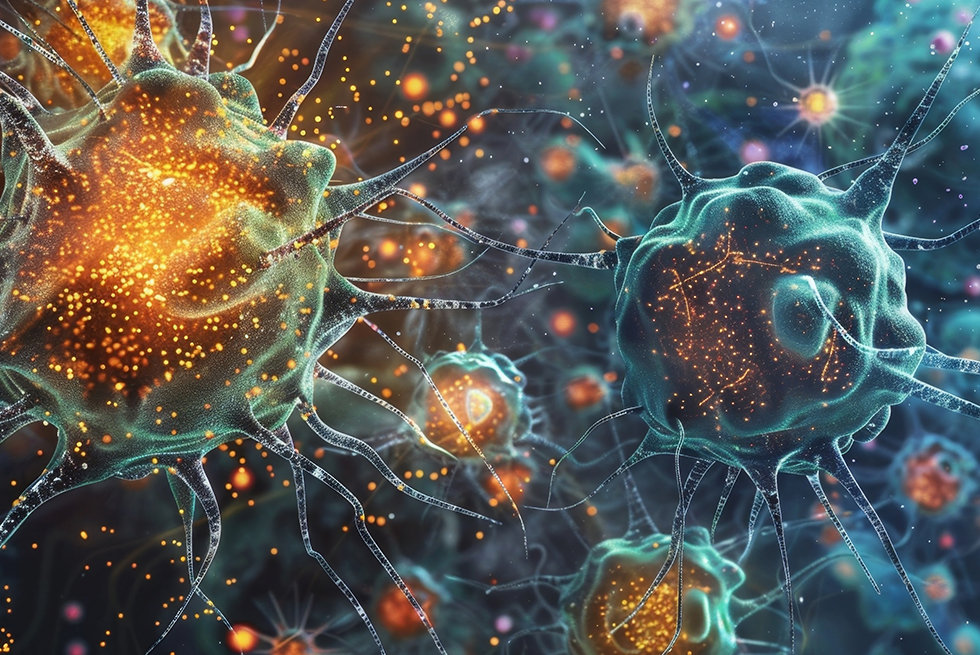The immune system is the body’s natural defense against external threats. To provide this protection, the body relies on two types of immune responses: innate immunity and adaptive immunity.
Both act differently but are deeply connected and complement each other to maintain balance and protect health.
Innate Immunity: The Immediate Response
Innate immunity is the body’s first line of defense. It acts quickly, within minutes or hours, against any foreign agent.
This system consists of:
-
Physical and chemical barriers such as the skin, mucous membranes, tears, and gastric juices.
-
Specialized immune cells like macrophages, neutrophils, dendritic cells, and natural killer (NK) cells that detect and attack invading microorganisms.
-
Inflammatory mechanisms that help contain infections, remove damaged cells, and attract more defenses to the affected area.
Although very effective at stopping infections in their early stages, innate immunity is non-specific (it acts the same way against different pathogens) and has no immune memory, so it does not “learn” from previous encounters.
Adaptive Immunity: Precision and Memory
If the threat persists or the infectious agent is complex, adaptive immunity comes into play. Its response is slower (taking several days) but much more specific and long-lasting.
Its main players are lymphocytes, divided into two major types:
-
B lymphocytes, which produce antibodies that precisely bind to and neutralize the pathogen.
-
T lymphocytes, which can destroy infected cells or assist other immune cells to coordinate the response.
The most important feature of this immunity is that it generates immune memory: if the body encounters the same pathogen again in the future, the response will be faster and more effective.
How do they differ?
Although both are part of the immune system, their differences are clear:
-
Response time: innate immunity responds immediately; adaptive immunity takes several days to activate.
-
Specificity: innate immunity acts broadly; adaptive immunity recognizes the specific pathogen.
-
Memory: only adaptive immunity remembers the pathogen, providing long-term protection.
-
Cells involved: innate immunity involves cells like neutrophils, macrophages, and NK cells; adaptive immunity mainly involves B and T lymphocytes.
How do they work together?
Innate and adaptive immunity do not work in isolation. In fact, they constantly communicate. Innate immune cells are the first to detect a pathogen’s presence. Once the threat is identified, they activate and guide adaptive immune cells to generate a more specific response.
This interaction allows the body to act quickly and effectively against new or recurring infections.
DIG-2-0615-092025


